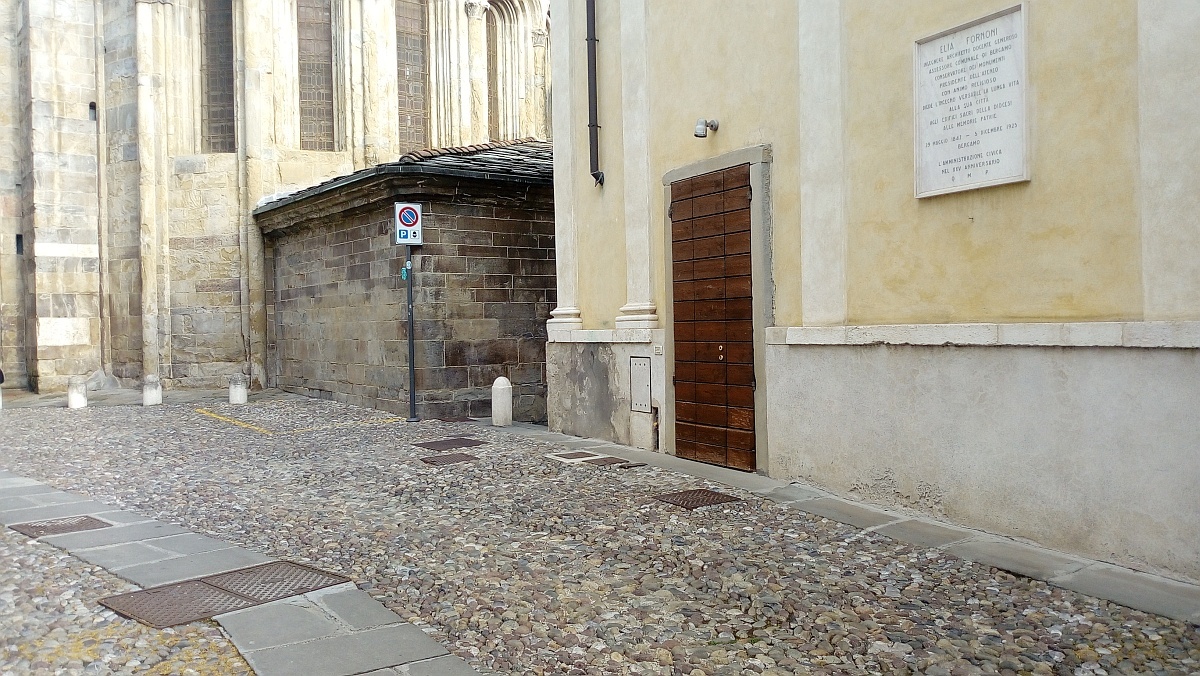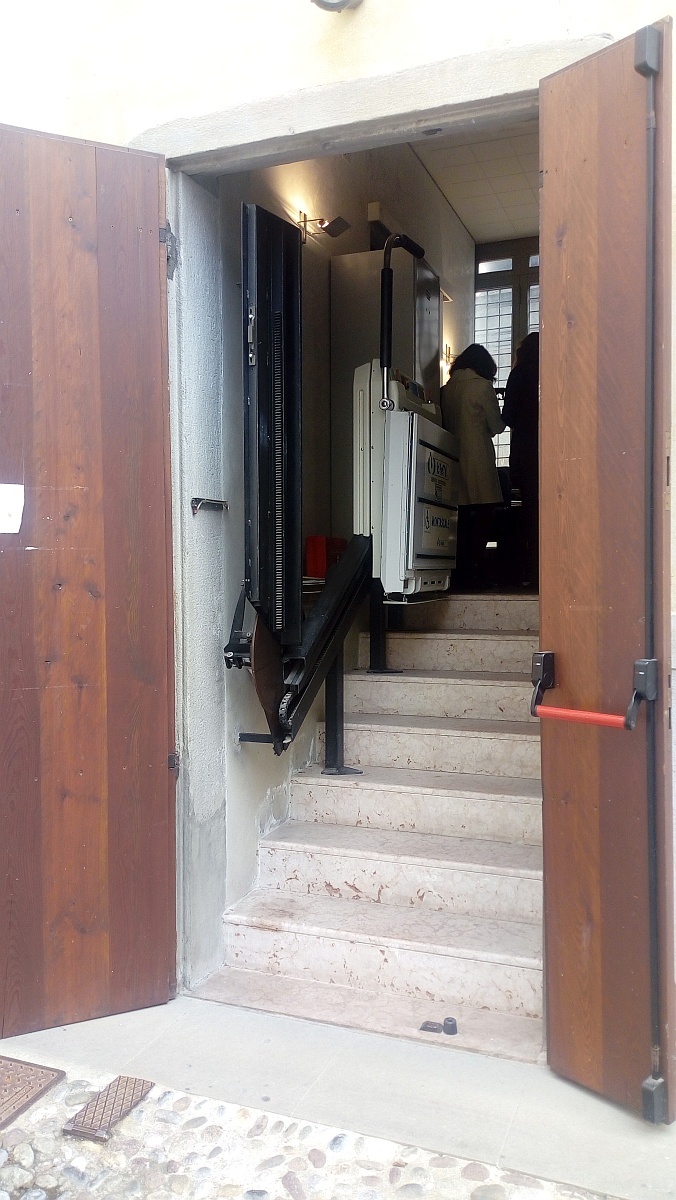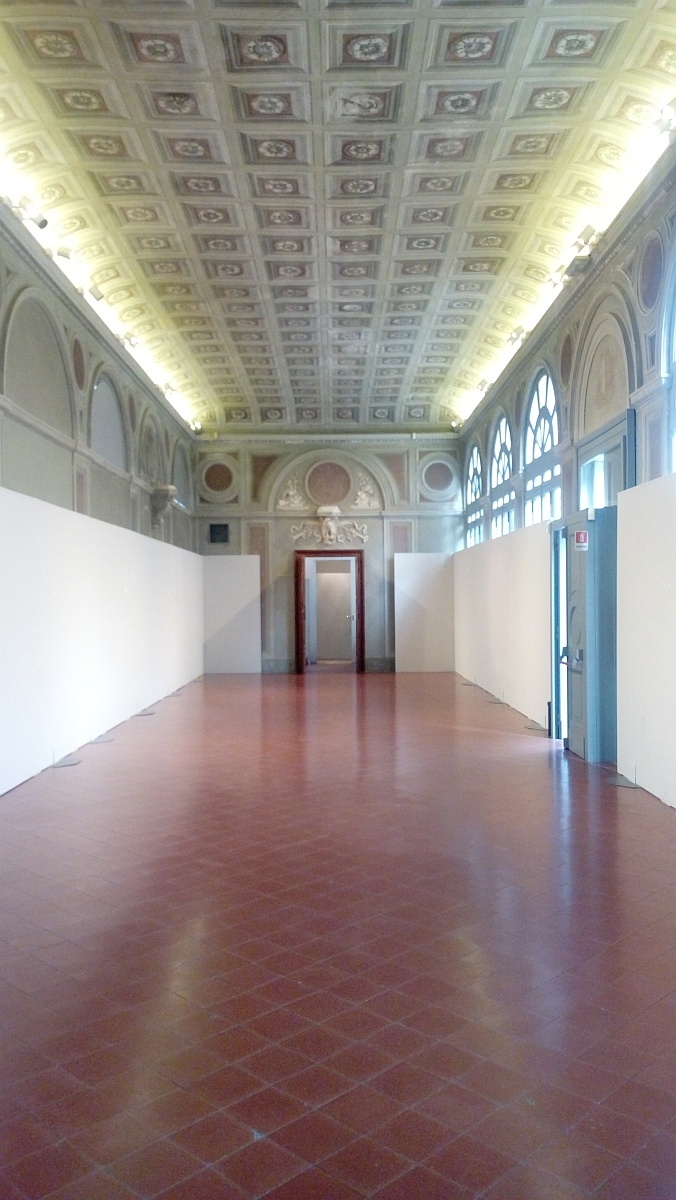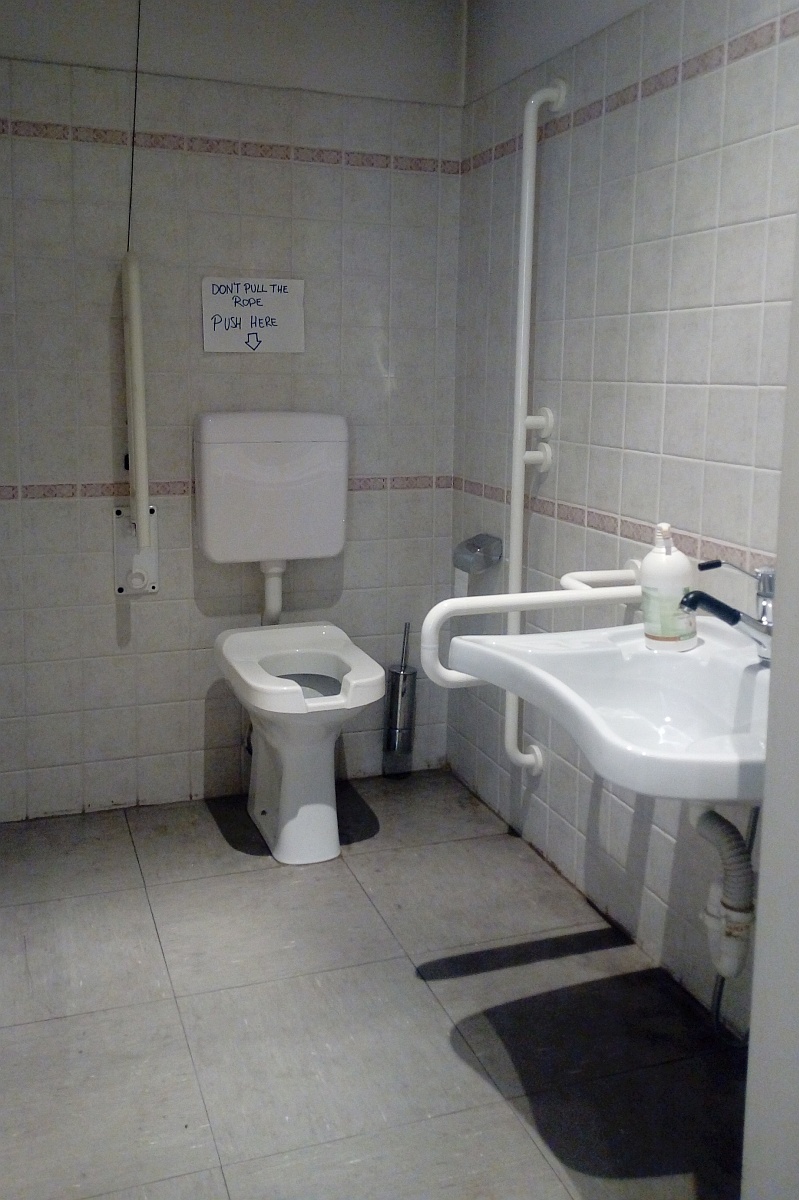The building that from 1818 and for more than a century housed theAthenaeum of Sciences, Letters and Arts was previously used as a lapidary (i.e., it collected excavated material) and was certainly not afraid of humidity: it stood above the Fontanone Visconteo, a reservoir dating back to 1342 with a capacity of no less than 22,000 hectoliters, fed by the Castagneta Vasi aqueduct and which for several centuries was used to draw water and as a reserve in case of siege.
The nearby Fish Market Square testifies to the fact that the place was used for trade due precisely to the availability of water from the Fontanone; think that the well mechanism was so carefully constructed that it is still possible today to operate the lever that pumped water from the cistern!
TheAthenaeum of Sciences, Letters and Arts was established by Napoleonic decree in 1810, and was born from the merger of the old Academies of the Excitations and the Arvals (the former brought together scholars of letters, the latter experts in agriculture and economics).
After being temporarily housed in the former refectory and some rooms of the building that now houses the Liceo Sarpi in Piazza Rosate in the Upper Town, in 1818 it settled, as anticipated, in the nearby premises of the Civic Museum in Piazza Duomo and remained there until 1935.
From the outside you will see a marble staircase with opposing flights leading to the entrance of the great hall of the Athenaeum.
Underneath you will find the mouths of the fountain and, if you look closely, the ancient plaque with the names of the patrons and builders.
It is currently a venue for temporary exhibitions and public events.
Curiosities
Today the Athenaeum still exists, with functions of promotion in the field of sciences, letters and arts, and custody of the memories of the land of Bergamo.
Since 1959 it has been housed in the premises on Via Tasso in the lower town near the Prefecture and Province buildings: it organizes meetings and conferences, and opens its ancient and modern library to researchers.
The Athenaeum is structured in three Classes: Moral and Historical Sciences, Physical and Economic Sciences, and Letters and Arts; it edits and carries out the printing of the ‘Acts’, ‘Studies’, ‘Notebooks’, ‘Albums’, and ‘Sources’ and has exchange relationships with numerous Italian and foreign Academies and Cultural Institutes.








